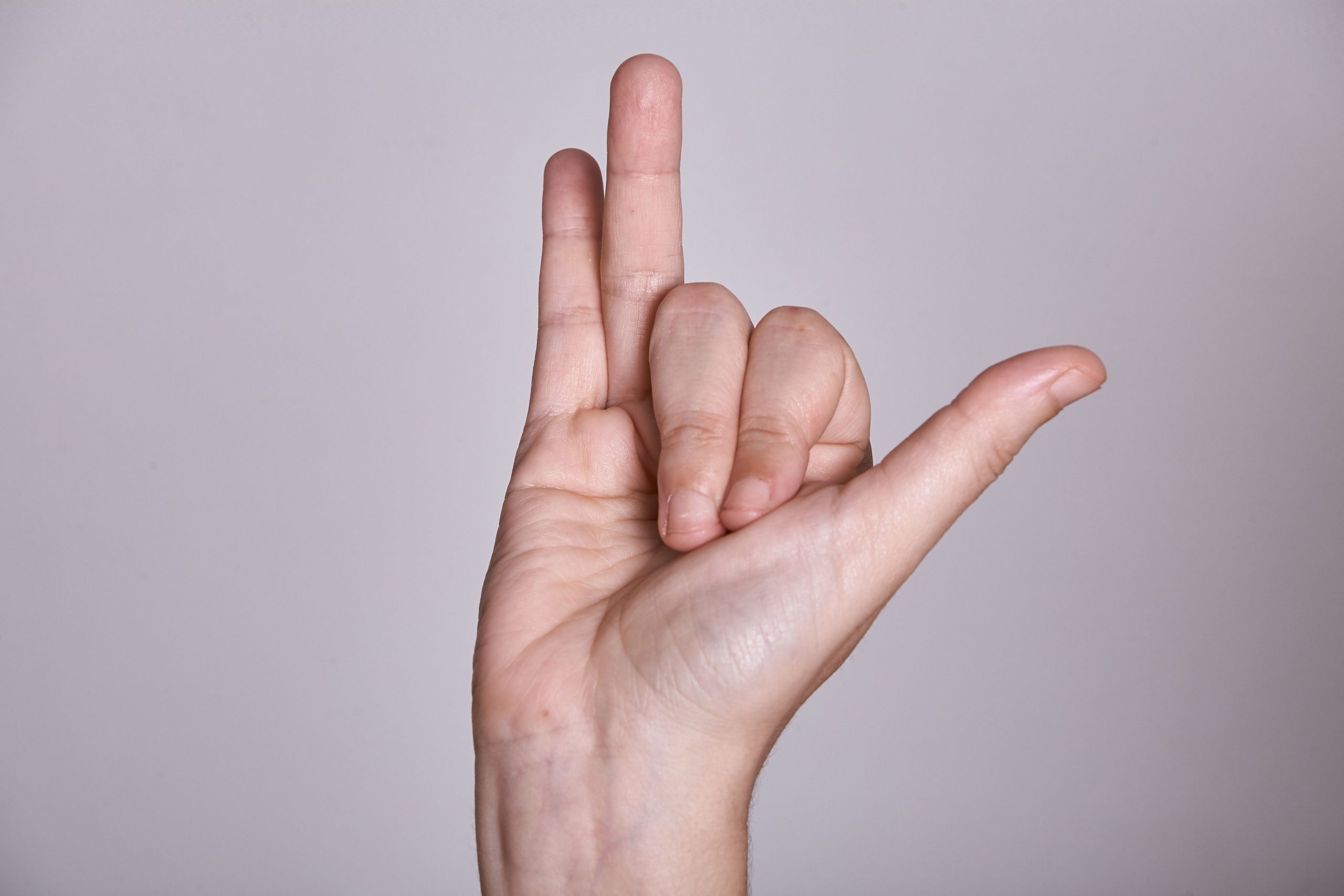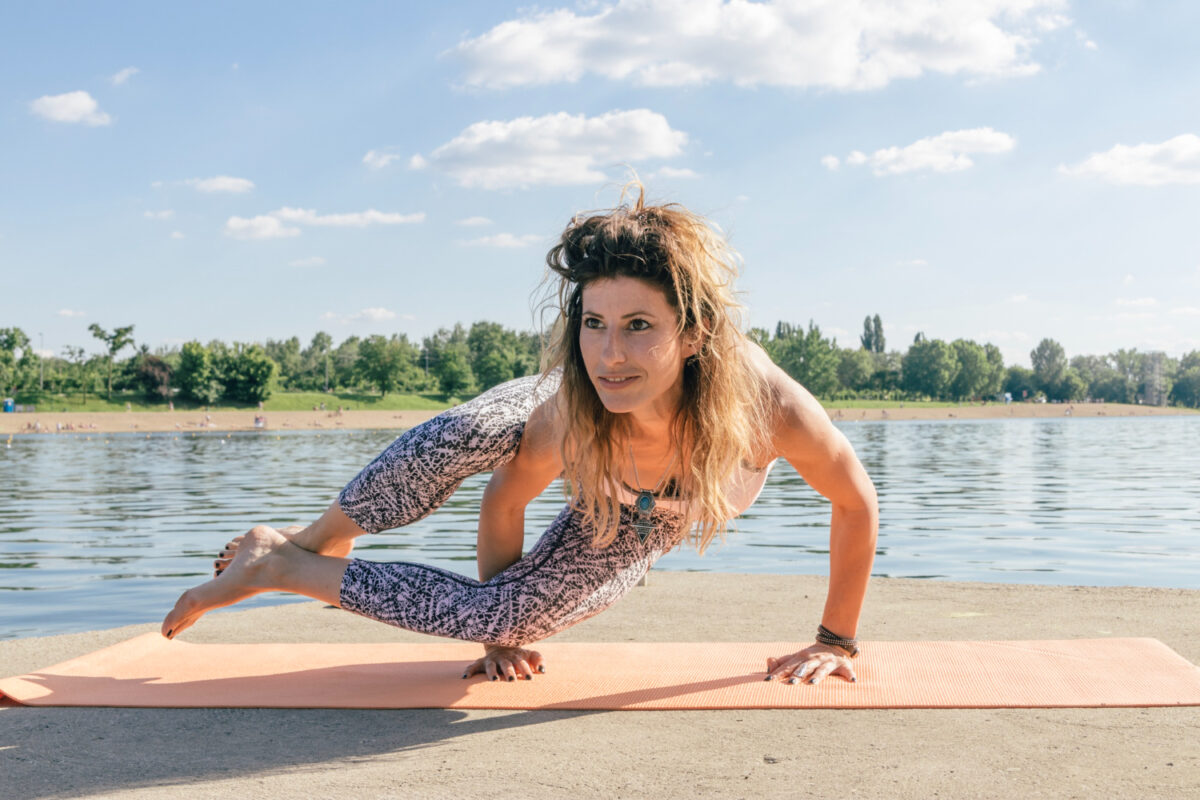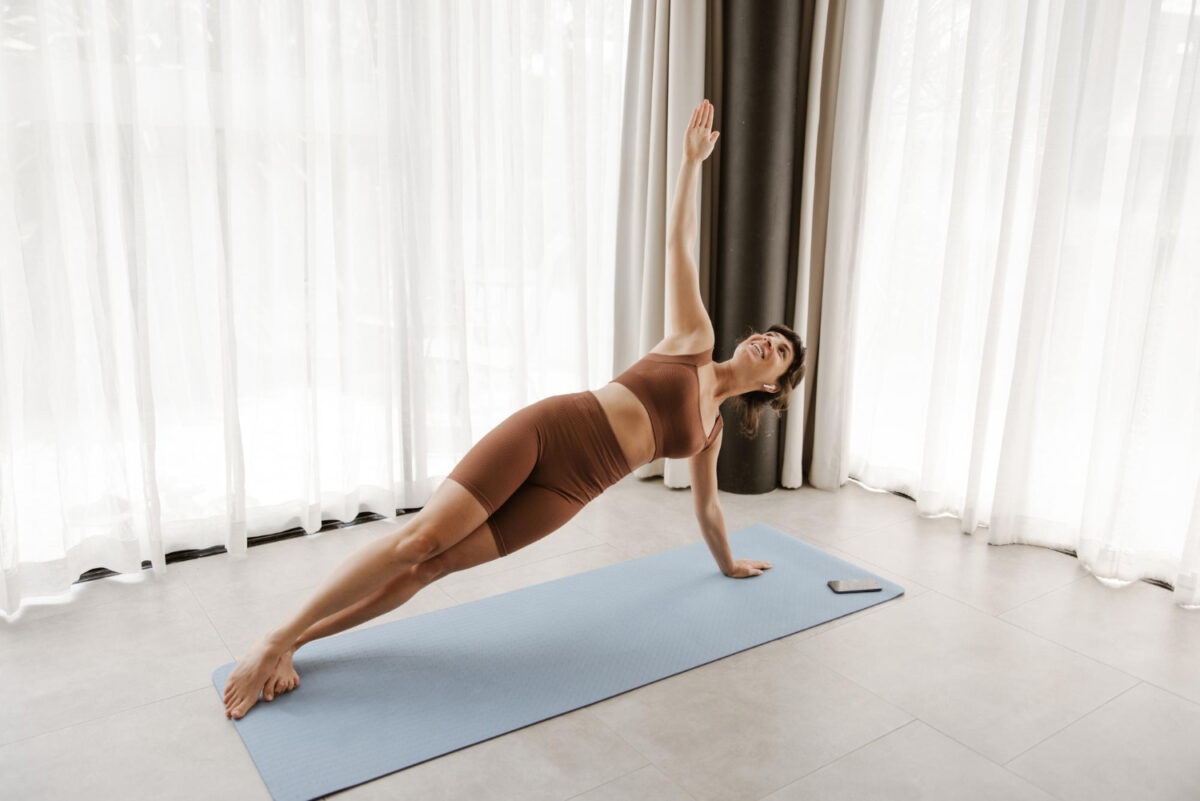Most of us have attended yoga classes where the teacher before, during or after the physical practice invites us to practice one or more types of breathing or pranayama. Breathing is one of the pillars of yoga, not only while we practice the specific techniques (bhastrika, ujjayi, etc.), but throughout the practice of asana (postures) and even beyond the mat in our day to day.
Breathing is a reflex action that accompanies us from birth to death and this unconscious act can be of great help to us if we make it conscious, that is, if we learn to observe it and model it in our favor. By becoming aware of breathing we learn to regulate it and it ceases to be mechanical, survival or limited. Little by little, with the conscious and integrating practice, our breathing changes, becoming a comfortable, wide and natural breathing. This is the yogi's breathing or that of newborns, far removed from the exalted and unconscious breathing that we usually do in modern life.
Breathing becomes complete, where we not only work the lower or upper part of the lungs, but the three basic respiratory movements are involved: lower or abdominal diaphragmatic breathing (adhama or low), high or chest diaphragmatic breathing (madhyama or middle), clavicular breathing (uttama or higher). Learning to differentiate each zone of our breathing, its tendency, its movement, or each type of breathing in the different asanas (we do not breathe the same in rib extension postures, than in those where we are face down or pressing the glottis) will bring us closer to this interiorization and depth that yoga offers us. We must be aware of the breath in each moment. Even this may be the only focus of attention (bhavana) during our practice.
“If you control your breath, you will control all situations in life” – Yogi Bhajan
What is pranayama?
In terms of yoga we speak of the pranayama, the discipline of conscious regulation of prana or life energy. It is one of the 8 steps or branches of yoga, it is described in the text "Yoga Sutras" by Patañjali, a text of more than 2500 years and it is even mentioned in the Bhagavad Gita, even earlier, regulating breathing and prana as a devotional method or approach to the divinity.
“tasmin-sati-śvāsa-praśvāsayoḥ-gati-vicchedaḥ prāṇāyāmaḥ” | “Pranayama is the cessation of inhalation and exhalation when it has been acquired (asana)”. Yoga sutras of Patañjali, II 49
Due to the oral tradition of yoga or Vedic philosophies it is not until a few thousand years later, in a more modern text, the 15th century Hatha Yoga Pradipika compendium, that yogis put into writing what these breathing techniques are. of yoga or pranayama. In this way we can answer the question: How is it practiced? pranayama? o What are the basic techniques of yoga?
Basic yoga breaths
The pranayama majors or classics vary between 5 and 11, depending on the source. In the Hatha Yoga Pradipika we find 8 pranayama main:
“atha kumbhakabhedah suryabhedanamujjayi sitkari Sital tatha bhastrika bhramari murccha plavinityastakumbhakah.” | “There are 8 pranayamas or kumbhakas: surya bhedana, ujjayi, sitkari, sitali, bhastrika, bhramari, murcha and plavini.” – Hatha Yoga Pradipika, II 44
To these must be added nadi sodhana which is considered preparatory, kapalabhati what is a kriya either shatkarma (body cleansing) and also chandra bhedana as opposed to surya.
The pranayama greater
- Kapalabhathi. The skull cleansing breath. It is the respiratory technique that cleans the air ducts that pass through the head. It consists of exhaling with abdominal blows that will give brief and intense bursts of forced expulsion of air, allowing inspiration to become passive.
- nadi sodhana. ANDIt is one of the most complete techniques of pranayama. It consists of a complete circular breath, a cycle contains two breaths: inhale left, exhale right, inhale right, exhale left. Being an alternate breath, to practice it you use mudras of the hands as vishnu mudras (the clamp) or nasagra mudra (the mudra of the nose).
Its objective is to balance, prepare the nadis (energy channels) and the nostrils to obtain the same flow of air through the two nostrils, equalizing the duration of inspiration and expiration. - Surya Bhedana. Sun breathing. Circular breathing, always inhaling through the right nostril and exhaling through the left nostril, activating the energy in the nadi sun (pingala). We will use mudras to alternate pits.
- Ujjayi. The breathing of the warrior or the victorious. It is the basic breathing and on which most of pranayamas. It is recommended to apply ujjayi during asana practice, both in dynamic and static postures.
To do this, a small closure of the glottis is added to the complete breath (first the navel is filled, then the ribs and chest and finally the clavicles), both when inhaling and exhaling. A dull and continuous sound is produced by the friction of the air and the breath lengthens spontaneously and naturally. It is a deep and regular breath. - Sitkari. Breathe through the teeth, gums and tongue. Refreshing summer breath. Refreshing breaths are the only ones that are not performed solely and exclusively through the nostrils, but also use different parts of the mouth.
- Sitali. Calm breath. It is also a refreshing breath. To do this, breathing in is done through a circular tube that forms the tongue. Exhale through both nostrils.
- Bhastrika. Etymologically, bhastrika means bellows (as to stoke a fire, by the sound of breathing). Unlike kapalabhati, with bhastrika both inspiration and expiration are active.
To exhale, the abdominals are contracted in a lightning, vigorous and energetic way inwards and when inhaling the same but outwards. Both inspiration and expiration are active. A sound and constant rhythm is produced. The abdominals are the only muscles in action. - Bhramari. The breath of the bee. They cover their ears with a mudras (sanmukhi, the mudras of the six doors) to amplify the feeling and inner sound produced by breathing. Inhale through both nostrils. Slightly open the lips and exhale through the mouth producing a sound similar to a bee «zzzzzzzzz». The sound is produced by the vibration of the lips when exhaling. It can be done with the letter “b”, the “m” or the mantra “OM”.
- murcha. The practice of expansion of consciousness or loss of the senses. The emphasis during the breath is on the exhalation, which brings us to this state of mind of expanding consciousness. The technique consists of lengthening the expiration as long as we can within the capabilities and experience of the practitioner.
- Plavini. The floating breath. Carry out a complete, deep and rapid yogic inspiration, with both nostrils, opening the wings of the nose to allow more air to enter. Retention with full lungs, maximum capacity of the practitioner.
- Chandra Bhedana. Moon breathing. Contrary to in surya bhedana, is always inspired through the left nostril, to activate the ascent of the prana through the nadi gone, and exhales to the right. We will use mudras to alternate pits.
how to practice pranayama?
These techniques, especially if they are practiced with retentions (kumbhakas), can be intense or exhaustive, so it is important to remember what are the qualities that define the pranayama According to Patañjali:
dirgha-sukshma: long, regular, soft and subtle.
It applies not only to the depth of breathing, but on a physical, mental and emotional level. A long, regular, soft and subtle breath; without blows, brakes, respecting our breathing at all times, collaborating with its natural impulse. Regulation does not imply control or blocking, but the accompaniment. That is why first of all we must learn to listen to ourselves and to know our breathing: the rhythm, volume and frequency that we have before, during and after the practice.

But it does not end here, there are as many techniques as postures and these have been adapted to Western practitioners, their rhythms, their tendencies. Like yoga postures, these types of breathing have a specific purpose on their own, but together what they want us to do is move us to change our state of mind.
As we progress in the practice of pranayama our lung capacity will gradually expand and the quality of breathing will be refined. This change will occur in a holistic and natural way.
We have seen how the techniques of pranayama they help us to change or modify our mental state. Although some do it more than others, any technique practiced with awareness and leaving a time of silence and observation after its practice brings us closer to this state of attention, centering and fullness, the state of yoga. In summary, the techniques pranayama older are: surya bhedana, ujjayi, sitkari, sitali, bhastrika, bhramari, murcha Y plavini, plus kaphalabhathi, nadi sodhana Y chandra bhedana.
Good practice yogis!

You can come practice with us pranayama in our classes. We wait for you.
Silvia Gallego
Hatha Yoga and Pranayama teacher
Yoga for calm mind





